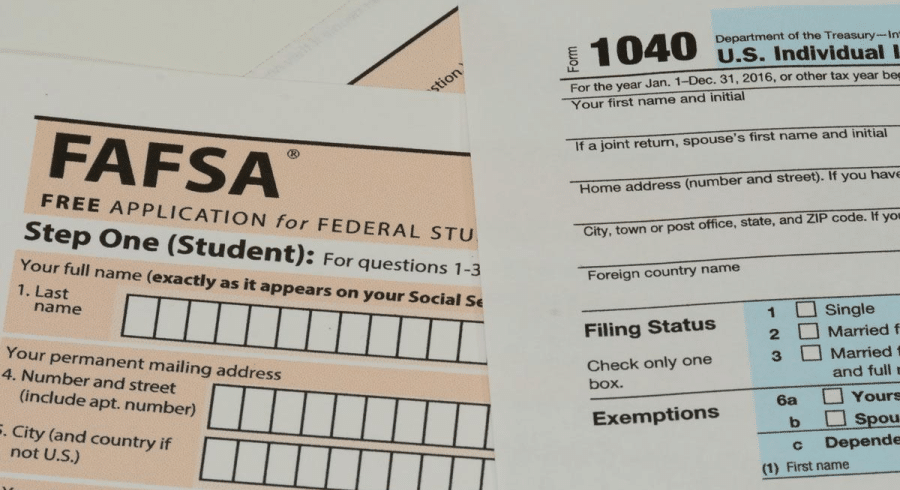Three Ways To Maximize The Value Of Your Employee Stock Options
For many companies, offering employee stock options (ESOs) is a way of rewarding employees while also aligning their interests with the company’s success. Stock options were once reserved only for executives but are now offered to many rank-and-file employees. In fact, the number of people holding stock options has increased about ninefold since the late 1980s.
Your employee stock options can be a great benefit—if you know how to maximize their value. Here are three ways to make the most of your ESOs, avoiding excessive taxes and ensuring you don’t leave money on the table:
1. UNDERSTAND THE TAX CONSEQUENCES
Albert Einstein once said, “the hardest thing in the world to understand is the income tax.” Taxes can indeed be complicated, even for geniuses. However, not understanding the tax implications of your employee stock options could cost you a lot of money.
How Stock Options Are Taxed
There are two types of stock options: Incentive Stock Options (ISOs) and Non-Qualified Stock Options (NSOs). The main differences are who can receive them and their tax treatment. When NSOs are exercised, the difference between the grant price and the fair market value of the stock (the “bargain element”) is taxed at ordinary income tax rates. When the stocks are sold, the gains are taxed as either short-term or long-term capital gains, depending on the holding period.
ISOs receive favorable tax treatment because they meet certain requirements in the Internal Revenue Code. Unlike NSOs, the exercise of an ISO is not a taxable event, though it could trigger the Alternative Minimum Tax. If the shares are immediately sold, the bargain element is taxed as regular income. Holding onto the shares for a longer period can yield a tax break. The bargain element and the gains are taxed at the long-term capital gains rate if you hold the shares for at least a year after exercising and do not sell them for at least two years after the grant date.
Filing An 83(b) Election (4)
If your company’s stock price is growing steadily, it might be a good idea to file an 83(b) election. This election allows you to pay income taxes on the exercise price at the grant date instead of at the exercise date.
For example, let’s say you are granted stock options with a strike price of $25, and the stock price at exercise is $50. With an 83(b) election, you pay income taxes upfront on the $25 cost. Any growth from there is taxed as capital gains when the shares are sold. Without the election, you pay regular income taxes on the $50 price when you exercise the options. The election allows you to pay less in taxes upfront and push the gains into the lower capital gains tax rate.
Filing an 83(b) election can be beneficial if the value of your company’s stock is increasing steadily. However, if the stock price drops or the company goes out of business, you may end up worse off.
Smoothing Taxable Income
It’s important to coordinate your taxable events related to employee stock options. Planning for income taxes generated from exercising options ahead of time can be extremely valuable. Smoothing taxable income over time to stay out of high marginal tax brackets can save you thousands in taxes.
2. GET YOUR DATES ORGANIZED
If you’re like many executives, you may have received various restricted stock options at different times and for different amounts. The restricted stock may have very different vesting schedules than the stock options, and the options may expire unexpectedly. It’s easy to miss a deadline. Many people’s stock options expire because they plan to exercise them at the last minute only to get distracted or simply forget. Not exercising your valuable stock options is like throwing away money.
Being organized is crucial if you want to maximize the value of your employee stock benefits. There are strict deadlines if you want to take advantage of some of the tax savings listed above. Don’t leave money on the table. Staying on top of dates and amounts can save thousands in taxes and help avoid missing out on expired options.
3. DON’T FORGET TO DIVERSIFY
Employee stock options are a nice benefit, but you don’t want too much of your financial well-being tied up in one company’s stock. It’s generally recommended to hold no more than 10% of your portfolio in your company’s stocks and options. Why?
If the company performs poorly, it could depress the stock price, and you might also face job loss. This could impact your portfolio, income, and health insurance all at once. Unfortunately, this has happened to many people. In 1999, when Enron filed for bankruptcy, more than $1 billion in employee retirement savings evaporated. Many Lehman Brothers employees faced similar situations.
HOW CAN WE HELP?
At Archer Investment Management, we understand employee stock options, including ESOs and ISOs. We have experience helping clients minimize related taxes, stay on top of dates and deadlines, and diversify their portfolios. When it comes to your employee stock options, there is a lot at stake if you don’t handle them correctly. Don’t try to do it all alone. Book an appointment with us online so we can discuss how you can get the most out of your stock options.
About Richard
Richard Archer is a financial advisor and the President of Archer Investment Management with more than eighteen years of industry experience. Largely working with successful individuals and couples, he specializes in providing comprehensive investment guidance and personalized care and attention to each client. Along with holding a Bachelor of Science in Economics and a MBA, he is a CERTIFIED FINANCIAL PLANNER™ certificant and a Chartered Financial Analyst®. He combines his advanced industry education and knowledge with his genuine care for people to provide clients with an exceptional experience. To learn more about Richard, connect with him on LinkedIn or visit www.archerim.com.
_______
(1) https://www.nceo.org/articles/employee-stock-options-factsheet
(2) http://quoteinvestigator.com/2011/03/07/einstein-income-taxes/
(3) http://www.investopedia.com/articles/optioninvestor/07/esoabout.asp
(4) https://www.cooleygo.com/what-is-a-section-83b-election/
(5) https://www.fidelity.com/viewpoints/stock-plan-mistakes







